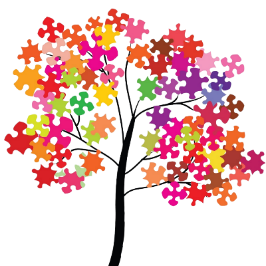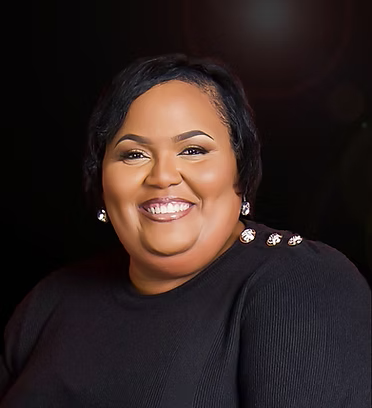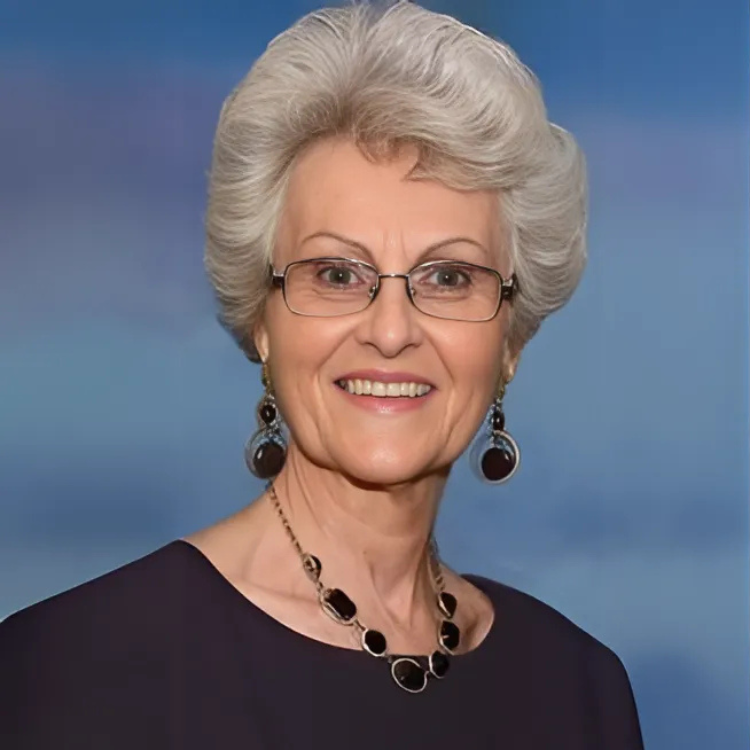Comprehensive Support for Every Stage
Dedicated to Empowering Families & Individuals with Autism
Our mission is to provide comprehensive care, support, and education for individuals with Autism Spectrum Disorder.

Our Story
Committed to Serving Families Across South Mississippi
The Mississippi Centers for Autism & Related Developmental Disabilities was founded to bridge the gap in autism services, offering parental support, therapy, school advocacy, and transition planning.
Today, we serve as a trusted resource for families, providing expert care and answers at every stage of life.
Our Leadership & team
Guided by Experts, Driven by Compassion
Our team is made up of behavior analysts, therapists, educators, and medical professionals, all committed to providing exceptional support for individuals with Autism Spectrum Disorder.
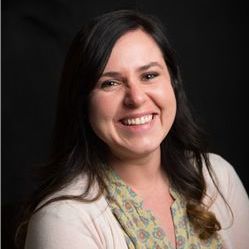
Kristin Webb
Board Certified Behavior Analyst
Kristin combines decades of experience, a personal connection to autism through her brother, and a deep passion for supporting families in understanding and implementing effective behavioral strategies.

Katherine Horn
Board Certified Assistant Behavior Analyst
Katherine combines her background in educational psychology and classroom experience with a deep passion for supporting children with autism through both clinical and community-based work.
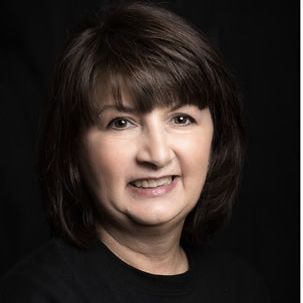
Donna Holland Joachim
DIRECTOR, EDUCATION ENRICHMENT
Donna brings over 30 years of experience in education and specializes in autism-focused strategies such as TEACCH, ABA, and augmentative communication to support the growth and development of the whole child.
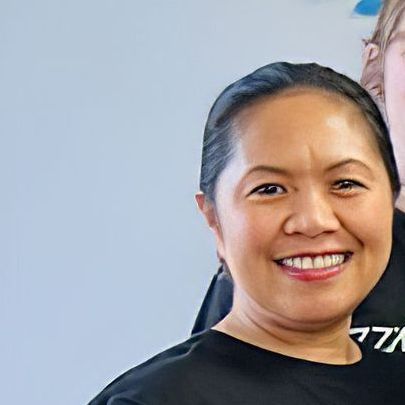
Doreen Shoemake
Registered Behavior Technician
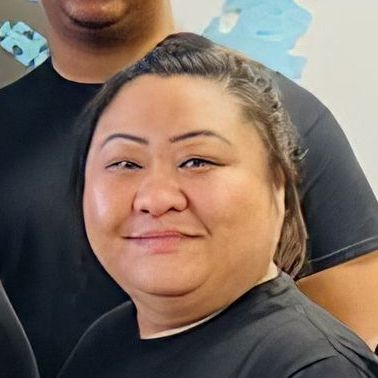
Mayer Griffin
Registered Behavior Technician
Governance with Heart
Meet The Board
Our Board of Directors guides MCARDD with integrity, experience, and a shared commitment to supporting families affected by autism. They ensure that every decision we make is grounded in transparency, inclusion, and the needs of the autism community.
Support Our Mission
Every Contribution Makes a Difference.
MCARDD is a nonprofit organization dedicated to providing critical services for individuals with autism. Your donation helps fund evaluations, therapy, and family support programs.
